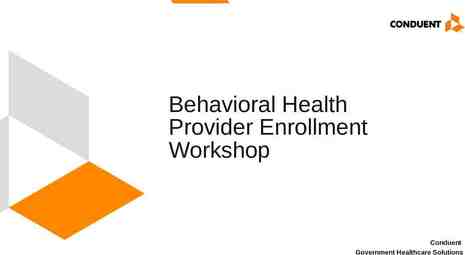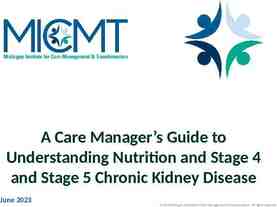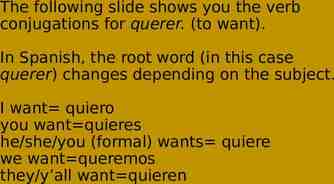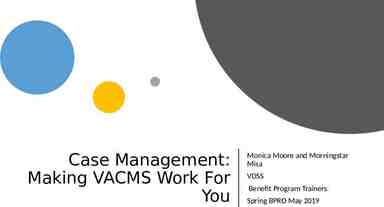Seeking Health Care I Modeling Health-Related Behavior
19 Slides99.00 KB

Seeking Health Care I Modeling Health-Related Behavior

Health-Related Behavior Behavior toward the goal of maximizing health and minimizing disease/disability Health maintenance behaviors Seeking medical advice/intervention Risk behaviors and/or lack thereof Theories attempt to explain factors predictive of these myriad behaviors

Theories and Models in Psychology Theory – A set of related assumptions from which testable hypotheses are drawn Model – Theory in progress Uses of Models and Theories Generate Research Organize and explain observations Guide practitioners in predicting and modifying behavior

Evaluating Theory Is it comprehensive? Is it logical Is it parsimonious (simple, not too simple)? Does it agrees with empirical research? Does it generate ideas/research? Is is disconfirmable? Part of the evolution controversy This is why most scientists believe that ID is not a science Is it practically useful? 4

Models of Health Behavior

The Health Belief Model Assumption: People hold certain beliefs about personal vulnerability the severity of the disease the costs of taking action benefits of taking action These beliefs motivate individuals to a greater or lesser degree to modify highrisk behaviors or seek help in doing so.

Health Belief Model Demographic & Psychosocial Factors Perceived Benefits & Barriers Perceived Seriousness & Susceptibility HealthRelated Behavior Perceived Threat Cues to Action 7

Studying the HBM Support for model: Flu shots Breast self-examination Seat belt use Diet Smoking No support for the model: Exercise

Critique of the HBM Leaves out emotions, habit, social norms, and other motivations (e.g. appearance) What about context? Does not define how to test relationships between different elements

Is the HBM useful? Comparison of different behaviours and populations Identifies most salient beliefs (i.e. barriers, susceptibility) Interventions: health education, risk appraisal, decisions balance sheets, relapse prevention plans

Theory of Planned Behavior General theory of behavior – Not specific to health behavior Assumption: People are reasonable and use information to freely choose behavior. Behavior happens secondary to an INTENTION. The intention to perform a behavior is an interaction between Attitude Subjective Norm – Social Pressure Perceived Behavioral Control Actual Control

Theory of Planned Behavior Attitude Toward Behavior Subjective Norm for Behavior Perceived Behavioral Control Intention HealthRelated Behavior 12

Critique of TPB For some behaviors attitudes, norms and perceived control independently predict intentions In some contexts intentions predict behaviour Attitudes shown to be independently related to perceived control Perceived control independently predicts behaviour Perceived control is the strongest predictor Environmental influences (access to healthcare) Social support Adoption versus maintenance of behaviour Competing behaviours (weight loss versus smoking cessation)

What interventions are related to the TPB? Attitudes: education Norms: public health campaigns Perceived control: relapse prevention planning

The Transtheoretical Model Stage model of general behavior change Assumption: People utilize a number of processes of change to move through 5 stages of change Processes Consciousness Raising, Dramatic Relief, Contingency Management, Stimulus Control, Self-libertation Stages Precontemplation Contemplation Preparation Action Maintenance

Maintenance The Behavior Change Spiral Maintenance: practice required for the new behavior to be consistently maintained, incorporated into the repertoire of behaviors available to a person at any one time Action Action: people make changes, acting on previous decisions, Pre-contemplation Contemplation Preparation experience, information, new skills, and motivations for making the change Preparation: person prepares to undertake the desired change - requires gathering information, finding out how to achieve the change , ascertaining skills necessary, deciding when change should take place - may include talking with others to see how they feel about the likely change, considering impact change will have and who will be affected Contemplation: something happens to prompt the person to start thinking about change - perhaps hearing that someone has made changes - or something else has changed - resulting in the need for further change Precontemplation: changing a behavior has not been considered; person might not realise that change is possible or that it might be of interest to them

TM People often use different processes during stages and different stages require different interventions Precontemplation – Consciousness Raising Contemplation – Environmental Re-evaluation Preparation – Self Re-evaluation, Action – Contingency Management, Stimulus Control Maintenance - Contingency Management, Stimulus Control

TM – Empirical Findings Quitting Smoking Alcohol and Drugs Exercise Safe sex Mammography

Critique of Models of Health Behavior All have produced substantial research All are predictive of health-related behaviors. Some behaviors more-so than others Do not explain how people judge thing like susceptibility, or go from stage to stage Lack coherence: Models simply list variables No overall model of the person Assessment is and issue Adherence is a separate process Barriers are innumerable and not adequately researched






